
Warnings are forever being issued to parents about which household items and toys are choking hazards to small children. We carefully read the labels, listen to news reports, and do our best to be vigilant about what the little ones are sticking in their mouths.
This should also include food. Since their airways are still small, young children are at greater risk of swallowing bits of food that are too large, which can lead to choking. Whether you’re feeding them, or they’re eating by themselves, accidents can easily happen.
According to the American Academy of Pediatrics, food accounts for half of choking incidents in small children. To help prevent this, they’ve highlighted which foods pose the biggest risk to children under the age of 4:
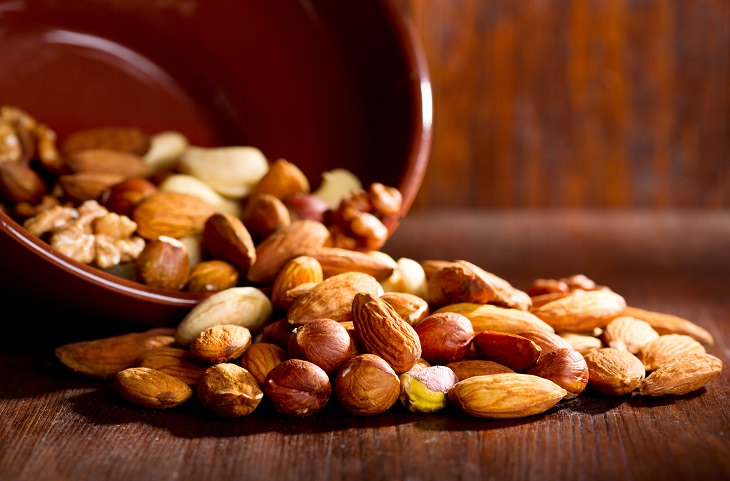
Nuts can easily get caught in a child’s airway due to their size. To add to this, tiny teeth might not be able to handle chewing whole nuts, so avoid giving them nuts altogether. Sometimes, the shells from the nuts can restrict airways too. Before giving your child nuts, you should wait until they’re well over the age of 4, can sit while eating, and have learned how to chew their food completely.
2. Candy
Besides leading to cavities, hard candy such as lollipops send thousands of kids to the ER every year. Even a small piece can get stuck in a child’s throat. Avoid giving hard candy and marshmallows to your child until they’re over the age of 5 and can chew thoroughly.
3. Grapes
Due to their size and slippery texture, grapes are a major choking hazard. Doctors suggest a no-grape policy for kids under 4 or cutting them into quarters before serving them to children. Similarly shaped foods like cherries should also be avoided at this age.
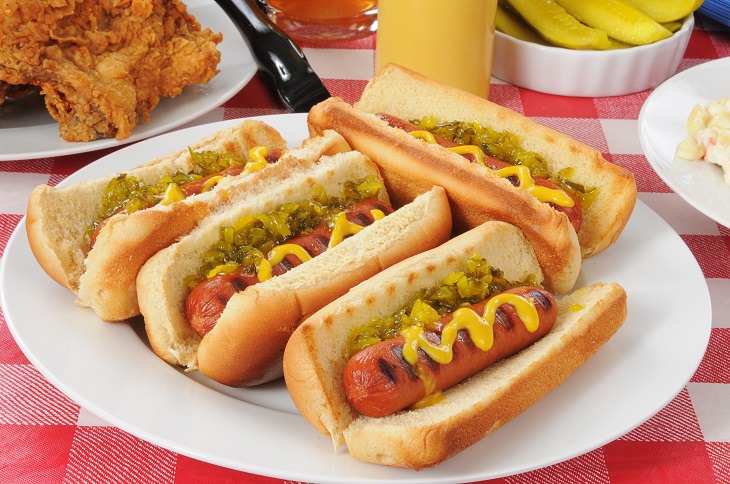
According to John Hopkins, one of the biggest threats to kids under the age of 3 is hot dogs - even if you cut them up. Choking on a small piece of hot dog can lead to hospitalization if you’re not careful. If you still want to give a small child hot dogs, make sure to cut them into thin strips.
5. Meat and Cheese Chunks
Like hot dogs, chunks of cheese and meat are difficult for growing toddlers to chew. Food should be diced so that it’s no larger than ½ inch, and your child should be supervised at all times while eating these foods.
6. Peanut Butter
Nut butters can get stuck to the roof of the mouth and the throat. For kids under 2, skip the globs of peanut butter and other nut butters. When serving to toddlers, spread a thin layer of it onto bread or crackers.
7. Gum
Chewing gum can cause dangerously sticky situations for small children. They’re prone to trying to swallow it or accidentally inhaling it while chewing. Don’t give gum to small children at all.
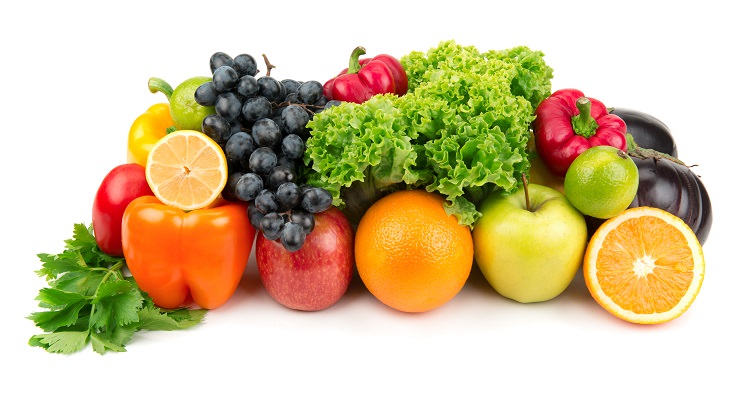
Vegetables should be cooked until soft, and cut into small pieces that are no larger than ½ inch in size. It’s suggested to avoid stringy veggies such as celery or string beans altogether. Chunks of raw vegetables or fruits, such as carrots or apples, should be avoided until the children have learned to chew.
9. Popcorn
Popcorn shouldn’t be given to children until they’re at least 4. Many toddlers and infants have to visit the ER each year due to kernels getting lodged in their airways.
Source: tiphero
Images: depositphotos
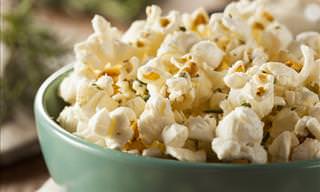
Feeling Down? These 10 Foods Can Help Improve Your Mood!
The food that we eat can help increase our moods and get rid of depression. Find out more here!

Why Drinking Too Much Water is Worse Than Too Little
It’s always important to remember not to get dehydrated, but you need to know that there is such a thing as overhydration, and it can be very dangerous too.

If You Find Yourself Choking, Here's What You Should Do!
If you're choking and there's no one else around to help you, this video might just save your life.

After Reading This, You'll Stop Eating Cereal for Good!
The majority of cereals are promoted as “health foods” by the giant food corporations, but they're lying. Here's the truth!
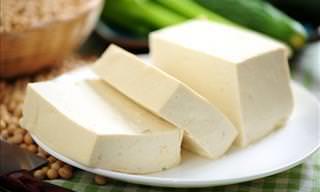
Low on Estrogen? Add These 8 Foods to Your Diet...
If you have been told that you need to boost your estrogen levels, here are 8 foods that you should consider adding to your diet.
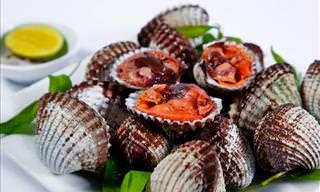
You'd Best Think Twice Before Consuming These Delicacies!
Here are 10 dishes that can give you an adrenaline rush stronger than that from any roller-coaster, while testing your luck better than the lottery.

This Letter Expresses a Parent's Love For Their Child...
This heartwarming letter is definitely one to share with our children and let them know just how much they mean to us.

You'll Appreciate Mothers a Lot More After Reading This
This wonderful little tale will remind you of how tough the occupation of motherhood can really be.

Husband Guide: How to Make Your Wife Fall in Love Again
Guide: how to show love again in simple ways and how to make your wife fall in love with you again.

7 Daily Habits that Cause Couples to Fights
If you've gotten into the habit of doing the following 7 things, know that they are responsible for 90% of your biggest fights, and you should learn how to curb those reactions.

Guide: The 4 Types of Dyslexia in Children
Every parent should get to know this subject beyond the superficial level, and also learn how to identify dyslexia in their children.

These "Harmless" Remarks Can Negatively Impact Children
Avoid saying these seemingly innocent phrases around kids; they confuse them.

8 Methods to Help Children or Adults Swallow Their Pills
In this article, you'll learn 8 methods of taking pills that'll make it easier on kids or adults having difficulties.

This Devoted Dad Has Some Words to Share....
Michael Mitchell is a devoted American father who collects tips from various fathers about raising kids, and these are some of his most interesting!

Couples Passionate About Each Other Practice These Rituals
It's amazing to think what miraculous things can happen between a couple when new positive, behavior patterns are developed.

This Mother's Letter to Her Daughter Touched Me Deeply
There is nothing quite like a mother's love for her daughter, as this heartbreaking letter reveals. Prepare to be moved.

How to Talk to Your Children About War & Conflict
As parents, how should you explain to your children about war? Here’s a guide that draws on expert opinions and research to help.

Guide: What to Feed a Baby at Every Age
Not all solid foods are suitable for every stage, which is why we have created a guide to help you feed your baby according to their age.

A Story of a Little Girl and Her Guardian Angels...
This short story will remind you that there is always someone to watch over you in this life...
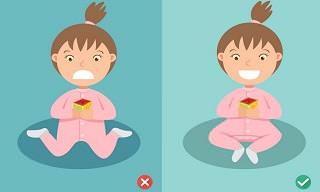
Does Your Child or Grandchild Sit in This Dangerous Pose?
There is a worrying argument that one of the most common kneeling poses that children make is damaging their health.

Why Children Suck Their Fingers and How to Make It Stop
To aid in understanding and addressing finger sucking, this article discusses why it may happen and how to stop the behavior.

8 Signs It's Time to Sever Ties From a Family Member
Sometimes, it’s important to sever ties with a family member who has been nothing but toxic to you.
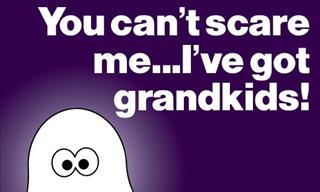
They May Drive You Crazy, But Family is Family!
Family can drive you crazy but at the end of the day you can't help but love them. Here are some beautiful and funny quotes and pictures to make your day.

What Happens When Parents Have a Favorite Child?
What Happens When Parents Have a Favorite Child?

The Good and Bad White Lies in a Relationship
Four scenarios where it is acceptable to tell a white lie and 4 in which it is not permissible under any circumstances.

The Naked Truth Behind Why Men Don't Listen to Women
Have a good look at the 10 biggest reasons why men don't always appear to listen to the women in their lives.

Solving 10 Food-Related Problems Some Parents Face
we have gathered 10 common problems and the best solutions to address them, assisting you to get through each family dinner or feeding the baby with ease.
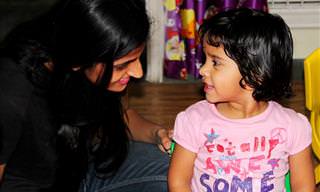
This Short Tale Reminds Us of a Person’s True Worth...
A short story that will remind you what a person's true worth is...

8 Outdated Life Lessons We Teach Our Children
we'll explore eight ideas that you might have come to believe are correct and effective for raising children.

Hilarious! Kids Aren't as Polite as They Used to Be
20 hilarious instances that show that politeness really isn't something kids are good at.

If a Child Lives with Praise, This Is What He'll Learn...
How should we go about raising our children to be strong, independent and certain of themselves?

5 Tools to Help You Make a Strong, Stable Family
What tools can we use to make our family stronger and less dysfunctional? This article will help you by giving 5 tools to do just that.

Roll Down Your Car Window & Enjoy these Scenic U.S Routes
Roll down your car window and feast your eyes on some of the west's most breath-taking landscapes.
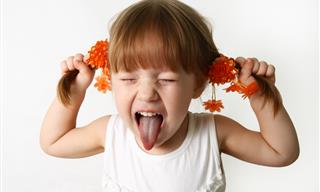
6 Embarrassing Parental Moments and How to Deal with Them
Here are 6 embarrassing situations you may encounter. Don't worry - there are ways to tackle them!

Couples Who Stay Together Forever Have 19 Things In Common
Although it looks like everlasting love is but a mere stroke of luck, there are 19 secrets that are shared by all couples that get to experience it...

7 Ways to Combat Passive Aggressive Behavior
Common passive-aggressive behaviors and the recommended responses to situations you may encounter.
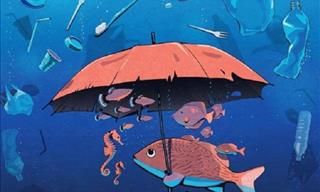
Find a Deep Reflection of the Modern World in These Images
Modern society has plenty of drawbacks. An artist has brilliantly depicted some of the stark realities of the modern world through his work.
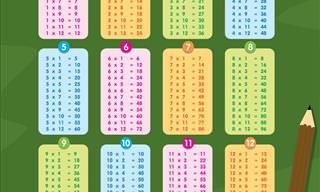
They Taught Us Our Multiplication Tables All Wrong!
Most multiplication tables are designed really badly, so hardly anyone can learn from them. Read on to see what a real times table looks like.

How to Answer Children's Toughest Questions
Answer your children's burning questions and find new questions to keep the conversation going at every age.

How to Raise Happy Children: 10 Scientific Steps!
The most important thing for kids' success is their happiness, and these 10 top tips for getting your kids and grandkids happy are backed by science!

Are These Schools the Most Unusual In the Entire World?
Many of us were educated in traditional classrooms, but the same cannot be said for the students at these 14 highly-unusual schools. Learn about them today.

Study: Why It's Crucial to Talk to Toddlers
This study sheds light on why it's so important to speak to toddlers and how best to go about it.

8 Things You’re Doing That Are Spoiling Your Child
The desire to help our children and keep them happy all the time may make them spoiled, so avoid it by following these 8 tips!
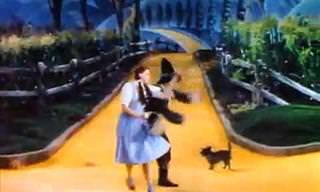
10 Timeless Old Family Films You Can Enjoy With Your Kids
These family films may be old, but they can still delight children to this day.
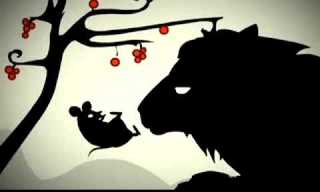 5:31
5:31
A Beautiful Old Tale: The Lion and the Mouse.
Share a lovely tale with anyone who loves bedtime stories in classic style!

There's a Reason Why Women are Sensitive...
When a woman cries, there's always a deeper reason behind it. Sometimes she just needs to let go what's inside of her. See this beautiful story.

12 Classic Christmas Stories All Children Will Love
Enjoy the holidays with your kids by reading one of these heartwarming Christmas books to your kid.


